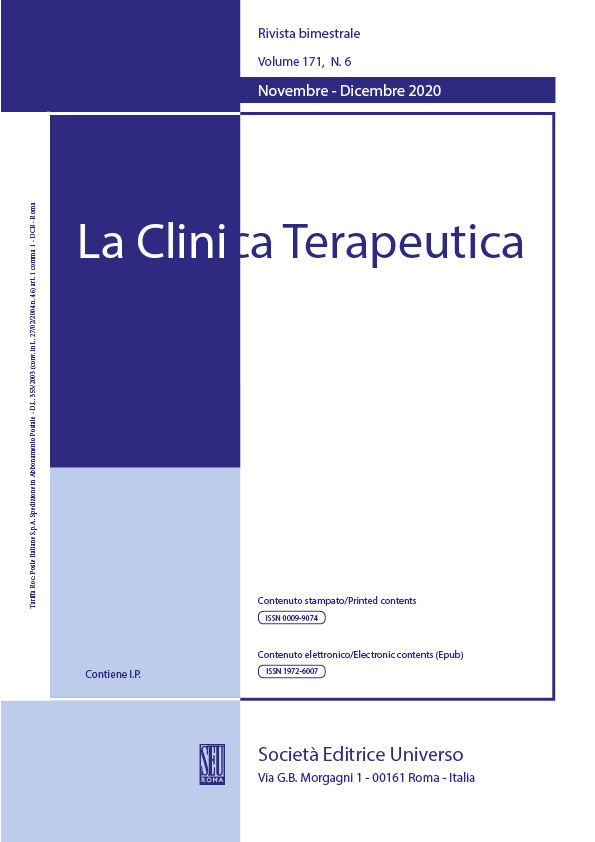Abstract
Objectives. Dysphagia affects 16% of patients undergoing total laryngectomy; of these, a third is due to pharyngoesophageal stenosis. Currently, the treatment is cyclic dilation of the stricture and Montgomery Salivary Bypass Tube (MSBT) application. The aim of this study is to assess whether using Self-Expandable Metal Stent (SEMS) may give better results after a non-durable response to repeated dilatation and application of MSBT.
Materials and Methods. We verified whether using SEMS after at least 3 cyclic dilations and application of MSBT results in a longer dysphagia-free time in laryngectomized patients with pharyngolesophageal stenosis. Secondary outcomes were the duration of the procedures, radiation exposure and complications.
Results. Dysphagia free period was significantly longer with MSBT than with SEMS; MSBT implantation required significantly less time than SEMS. Radiation exposure is absent for Salivary Bypass Tubes. Instead, for Self-Expandable Metal Stents there is exposure to X-rays during the procedure and after 48 hours for position verification. Two patients experienced short-term complications after SEMS implantation and one after two weeks from MSBT implantation; none of them had any health consequences.
Conclusion. In patients who are already undergoing cyclic dilations and application of MSBT, switching to SEMS is not beneficial. Furthermore, MSBT has a significantly shorter implant procedure, does not expose the patient to X-rays, and, in the absence of complications, has a longer duration before removal.
